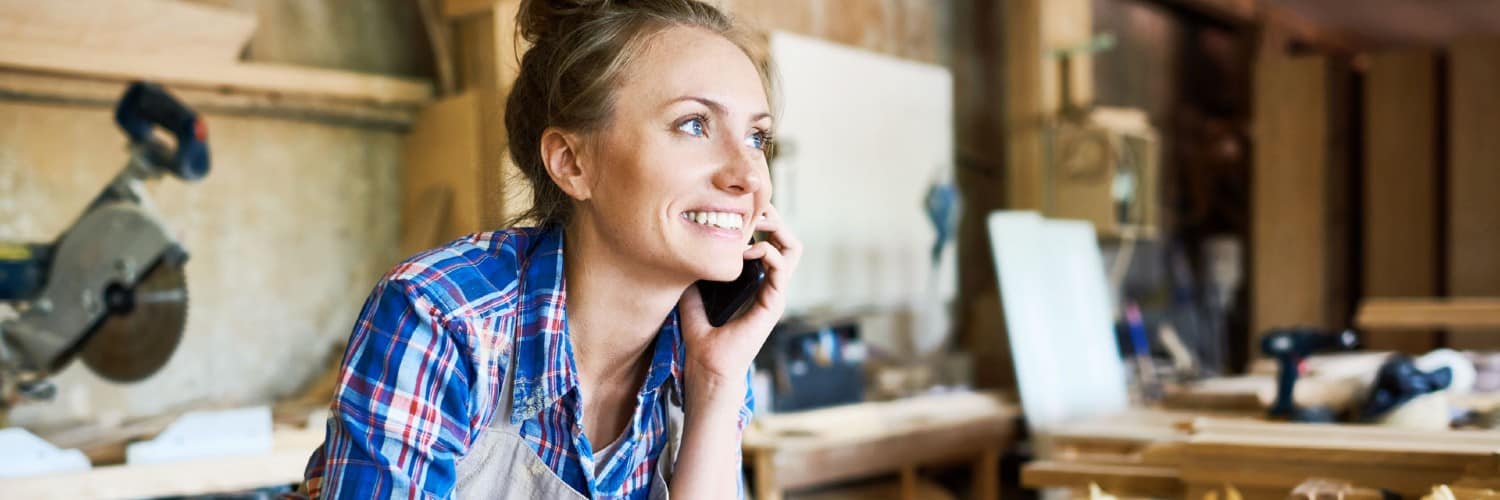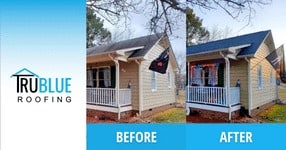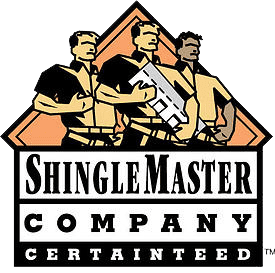Mold growing on the roof?
What to do and steps to handle the situation
Mold is a dirty word in the housing industry. It’s one of the last things a homeowner wants to hear when an adjuster views the home. It usually means extensive damage has been done to the structure and possible replacement is a reality. Sometimes mold can be spotted early enough for repairs to take care of the situation. This article will take you step-by-step on what you should do when you notice mold growing on your roof.
How to spot mold on a roof
You may wonder if the green spot near the chimney is mold or moss growing on a roof. Better to take action now, before that spot turns into a problem that costs you thousands.
Your roof could last twenty years or more if you keep it in good condition and clean off mold and algae. When you start to see streaks of mildew, algae, or moss, that’s when you need to take proactive steps to prevent mold from growing on your roof. Not only will mold damage the roof and structure of your home, but it’s also dangerous for your health.
Signs of Mold
What you may see now is moss or mildew, but that’s only the beginning. Water damage stems from the growth of mildew, moss, algae, and mold. They eat away at your roof and lead to water leaks which eventually lead to black mold and structural damage.
Look for these indicators that your roof is possibly leaking water inside your home:
- Discoloration: If you notice stains, spots, or watermarks in your attic room especially near the ceiling, you’ve probably got water leaking through the roof, and may have mold growing as well.
- Peeling paint and plaster: If you notice peeling paint along the upper walls or near the dormer windows, that could indicate water damage and possibly mold. Cracks and blisters on the top floor rooms are also indicative of water leaks.
- Stained rafters: If you notice rust-colored wood, then there is possibly a leak above that rafter.
- Drywall crumbling: If you notice your drywall is deteriorating, then it’s likely that a water leak is nearby.
- Mold around the chimney: This usually happens when water leaks in around the flashing. The roofing materials around the flashing have deteriorated from the mold and water gets in. You’ll see dark discoloration around your chimney.
- Rotten wood: If you see rotting wood anywhere in your attic or upper floor rooms, then water is most likely the culprit. This happens around dormer windows and skylights most often.
- Musty smell in the attic: You know the smell like old Aunt Edna’s house, but it’s your attic. When moldy water gets into the drywall or wood, it creates this musty odor. Be on the lookout for mildew along the ceiling and upper walls. Whenever water gets in wood or drywall, mold is sure to grow and feed on the surface. It can happen within days and create this musty smell. Be careful because this may be the smell of airborne toxins of black mold. It’s a serious health risk to you and your family, so you’ll want to do something about it soon.
What to do…
You’ll need to contact a professional roofing contractor or water damage specialist. TruBlue Roofing and Remodeling has many years of experience treating and repairing moldy roofs. They eradicate areas vulnerable to mold and strengthen your roof in these soft places. They also replace whole roofs and strengthen the home’s structure.
Also, contact your home insurance company for financial help with repairs. Some policies cover mold damage, but you’ll need to make sure your policy does before filing a claim.
Once you spot the signs of mold, you’ll want to get rid of it right away. As soon as it spreads to your home’s interior, it becomes a serious health hazard. These toxins can circulate throughout the house via the HVAC system. If mold is inside your home, then you’ll want to call a professional mold removal service to treat the interior of your home. First, they’ll need to pinpoint the source of the moisture and fix that. Then remove the mold and sanitize the affected spaces followed by air filtration.
Need Help?
TruBlue Roofing and Remodeling can help you with any roof repair needs. We’re locally-owned, insured, and highly experienced roofers helping people in the Raleigh and Durham Metro areas repair and replace their roofs. We also service coastal NC areas in Wilmington and Carolina Beach. Please see our website or call us today at (919) 589-7290.








